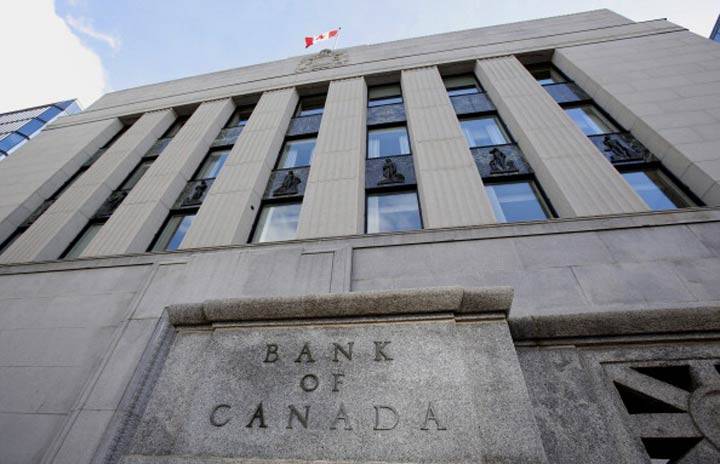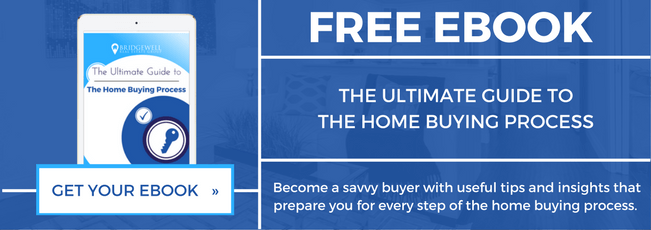New Mortgage Rules BC: The New Stress Test & More
As of January 1, 2018, the OSFI (Office of the Superintendent of Financial Institutions) put in place a stress test on borrowers that affects mortgage purchasing power.
This blog goes over the mortgage rule changes for the stress test in BC to both insured and non-insured mortgages, and changes from the rules prior to 2018.
CHANGE 1: New Minimum Qualifying Rate
The new stress test, effective January 1, 2018, states that the minimum qualifying rate for uninsured mortgages will be the greater of the five-year benchmark rate published by the Bank of Canada (currently 4.89%) or the contractual mortgage rate +2.0%.
FAQ: Does this affect amortization?
No. This new policy from OSFI does NOT have an amortization component. The lender can still set the qualifying amortization to their own specific policy. (example: 20, 25 years)
CHANGE 2: Stress test to both non-insured & insured mortgages
The stress test can be defined as the act in which the lender must test whether or not your income and affordability can handle your mortgage payment in the event you are subject to a higher interest rate. An insured mortgage, also known as a high-ratio mortgage, refers to a mortgage in which the down payment is less than 20% down and therefore requires mortgage insurance. A non-insured mortgage, or a conventional mortgage, refers to a mortgage where the buyer puts 20% or greater down towards their home purchase.
As of the fall of 2016, the government announced that they would be applying a stress test to insured mortgages only. However, as of January 1, 2018, non-insured mortgage consumers (buyers with a 20% or greater down payment) must also qualify using a new minimum qualifying rate. The minimum rate will be the greater of the five-year benchmark rate published by the Bank of Canada OR the lender contractual mortgage rate +2.0%, as mentioned in Change 1.
The Point: How does this affect the mortgage consumer with a down payment of 20% or more?
The biggest impact will be on the amount in which the homebuyer will be able to qualify for. Previously, the homebuyer qualified at the rate offered by the lender. Now, the homebuyer must also qualify at the minimum qualifying rate, which is always higher than the offered rate by the lender.
EXAMPLE ONE
5-year FIXED 30-year amortization mortgage BEFORE 01/01/18
Income: $55,000
Down Payment: $70,000 (20%)
Purchasing Power: $350,000
Monthly Payment: $1,251.84
5-year FIXED 30-year amortization mortgage AFTER 01/01/18
Income: $55,000
Down Payment: $56,000 (20%)
Purchasing Power: $280,000
Monthly Payment: $1,001.48
CHANGE 3: Lender will be required to enhance their Loan to Value (LTV) measurement and limits
Mortgage lenders (excluding credit unions and private lenders) must establish and adhere to appropriate LTV ratio limits that are reflective of risk and updated as housing markets and economic environments evolve. This applies to federally regulated financial institutions.
What does this mean?
OSFI directs lenders (excluding credit unions and private lenders) to have internal risk management protocols in higher priced markets, such as Vancouver. This is a continuation of a policy already in place that have been followed by mortgage lenders over the past year in change.
CHANGE 4: Restrictions will be placed on certain lending arrangements
A federally regulated institution is prohibited from arranging with another lender: a mortgage, or a combination of a mortgage and other lending products, in any form that circumvents the institution’s maximum LTV ratio or other limits in its residential mortgage underwriting policy, or any requirements established by law. This is often referred to as “bundling” or “bundle partnership.”
For example:
A consumer applies for 80% LTV mortgage and the lender can only approve 65%. The lender then partners with a second lender for the additional 15% needed. The original lender then “bundles” the 15% LTV mortgage with the original 65% mortgage to form the complete 80% LTV loan. This is no longer permitted as per OSFI.




